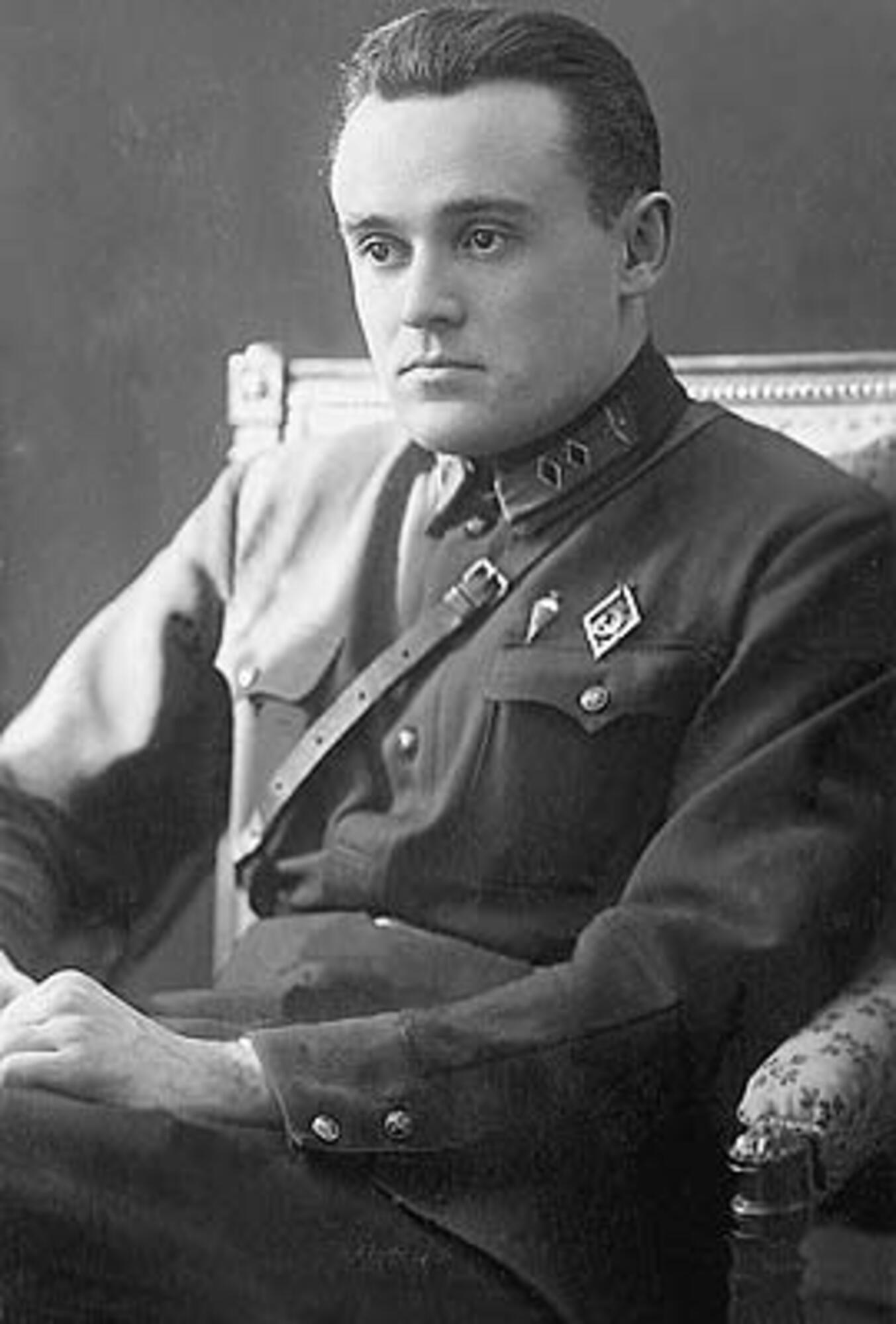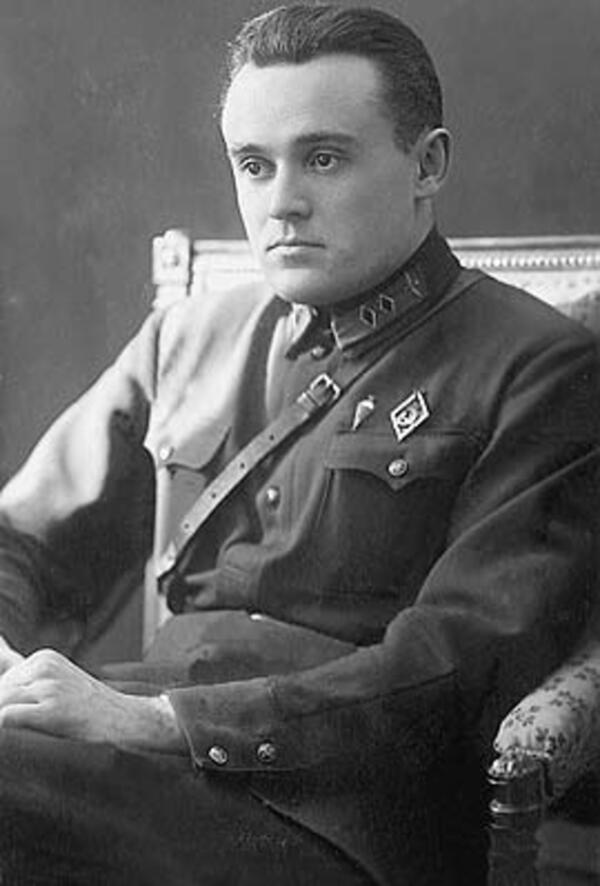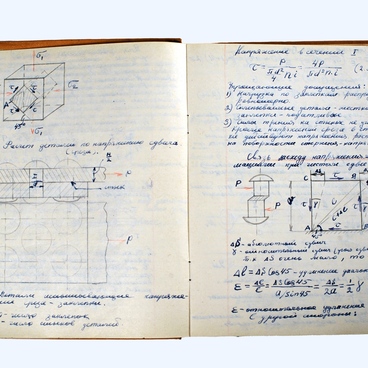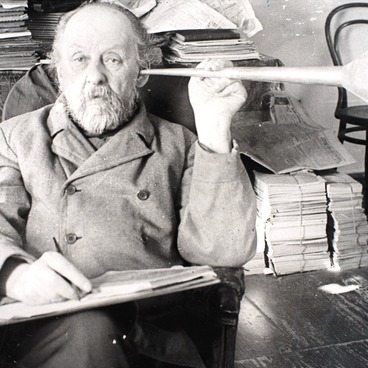Sergei Pavlovich Korolev was an outstanding Soviet scientist, designer, and chief organizer of the production of rocket and space technology and rocket weapons in the USSR, the founder of practical cosmonautics, who implemented the breakthrough ideas of his predecessor — Konstantin Eduardovich Tsiolkovsky.
It was Korolev who played the leading role in the development of practical rocket science, which made possible a centuries-old human dream — to fly thousands of miles from Earth and explore the mysteries of the Universe.
Sergei Pavlovich Korolev was born into the family of a teacher of Russian language and literature in Zhytomyr on January 12, 1907. At the age of 17, the future inventor joined the organization “Society of Friends of the Air Fleet” and designed his first non-motorized glider.
In 1924, the young man graduated from the Odessa Construction Vocational School. In the summer of the same year, he submitted a request for enrollment in the Air Fleet Academy. As the resolution of the issue was delayed, Korolev entered the aviation department at the Kiev Polytechnic Institute, then transferred to the Bauman Moscow Higher Technical School. At the time, Sergei Pavlovich Korolev designed and built aircraft: the Koktebel and the Krasnaya Zvezda gliders and the SK-4 light airplane designed to achieve a record flight range. Those works showed an obvious talent of Korolev as an aviation designer.
By 1930, Korolev graduated from the Bauman Moscow Higher Technical School with a diploma in aeromechanical engineering; at the same time, he completed a course of training at the Moscow School of Glider Pilots with a pilot certificate. The scientific supervisor of his thesis on the design of a light-engine aircraft, which had been created and undergoing trials, was Andrey Nikolaevich Tupolev, who designed more than a hundred types of airplanes.
Korolev collaborated with various enterprises in the aviation industry and participated in All-Union glider competitions. In June 1930, Sergei Pavlovich was appointed senior engineer of the Central Aerohydrodynamic Institute, on the basis of which a group of jet propulsion researchers was created. Three years later, members of the group — with the direct participation of Korolev — successfully launched a small experimental rocket. It reached an altitude of 400 meters and stayed in the air for 18 seconds. That was the first step of Soviet cosmonautics.
It was Korolev who played the leading role in the development of practical rocket science, which made possible a centuries-old human dream — to fly thousands of miles from Earth and explore the mysteries of the Universe.
Sergei Pavlovich Korolev was born into the family of a teacher of Russian language and literature in Zhytomyr on January 12, 1907. At the age of 17, the future inventor joined the organization “Society of Friends of the Air Fleet” and designed his first non-motorized glider.
In 1924, the young man graduated from the Odessa Construction Vocational School. In the summer of the same year, he submitted a request for enrollment in the Air Fleet Academy. As the resolution of the issue was delayed, Korolev entered the aviation department at the Kiev Polytechnic Institute, then transferred to the Bauman Moscow Higher Technical School. At the time, Sergei Pavlovich Korolev designed and built aircraft: the Koktebel and the Krasnaya Zvezda gliders and the SK-4 light airplane designed to achieve a record flight range. Those works showed an obvious talent of Korolev as an aviation designer.
By 1930, Korolev graduated from the Bauman Moscow Higher Technical School with a diploma in aeromechanical engineering; at the same time, he completed a course of training at the Moscow School of Glider Pilots with a pilot certificate. The scientific supervisor of his thesis on the design of a light-engine aircraft, which had been created and undergoing trials, was Andrey Nikolaevich Tupolev, who designed more than a hundred types of airplanes.
Korolev collaborated with various enterprises in the aviation industry and participated in All-Union glider competitions. In June 1930, Sergei Pavlovich was appointed senior engineer of the Central Aerohydrodynamic Institute, on the basis of which a group of jet propulsion researchers was created. Three years later, members of the group — with the direct participation of Korolev — successfully launched a small experimental rocket. It reached an altitude of 400 meters and stayed in the air for 18 seconds. That was the first step of Soviet cosmonautics.



